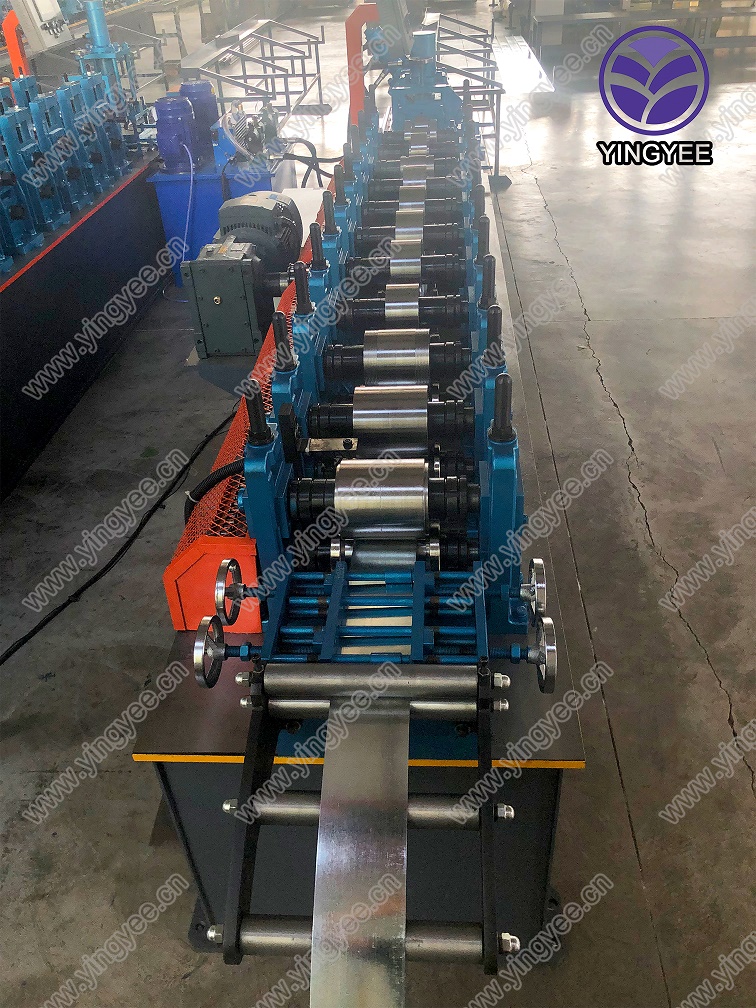
Understanding the Drywall Stud Machine A Game-Changer for Construction
In the ever-evolving landscape of construction technology, the drywall stud machine stands out as a revolutionary tool that enhances the efficiency and accuracy of installing drywall. This specialized equipment is designed to streamline the process of creating frames for drywall installations, significantly reducing labor costs and time while improving overall project outcomes.
The Basics of Drywall Stud Machines
A drywall stud machine is an innovative piece of equipment that automates the production of steel or wooden studs used in wall framing. Traditional methods of manually cutting and assembling studs can be labor-intensive and prone to human error, leading to inconsistencies and increased waste. The drywall stud machine addresses these challenges by providing a precise, consistent, and repeatable process for fabricating studs.
Typically, these machines combine various functions, including cutting, punching, and bending materials. They can handle different types of materials and sizes, making them versatile for various construction projects. Many models are even programmable, allowing users to input specific measurements and automatically produce the required components, further enhancing efficiency.
Key Features and Benefits
1. Precision and Accuracy One of the most significant advantages of using a drywall stud machine is its ability to produce components with high precision. Automated cutting and creating ensure that each stud meets exact specifications, which is crucial for the overall quality of the drywall installation.
2. Speed and Efficiency The automation of the stud production process drastically reduces the time required for manual labor. What once took hours of handwork can now be completed in a fraction of the time. This efficiency allows construction teams to meet tight deadlines and manage more projects simultaneously.

3. Cost-Effectiveness Although the initial investment in a drywall stud machine may be substantial, the long-term savings can be significant. By minimizing labor costs and reducing material waste through precise cuts, construction companies can realize substantial savings over time.
4. Flexibility Many drywall stud machines are designed to handle various materials, including steel and wood, and can produce studs of different sizes. This versatility allows construction teams to adapt quickly to changing project requirements without needing multiple machines.
5. Improved Safety By reducing the amount of manual labor required for stud production, these machines can help lower the risk of job site injuries associated with cutting and handling materials. Enhanced safety measures not only protect workers but can also lower insurance costs for construction companies.
The Future of Drywall Stud Machines
As technology continues to advance, drywall stud machines are likely to become even more sophisticated. Innovations such as artificial intelligence and machine learning may lead to further improvements in accuracy, efficiency, and user-friendliness. For instance, future machines might integrate real-time monitoring systems that track material usage and automatically adjust processes to minimize waste.
Moreover, as the demand for sustainable building practices grows, manufacturers may develop dry-wall stud machines that utilize eco-friendly materials or incorporate features that promote renewable energy use during operation.
Conclusion
The drywall stud machine represents a significant leap forward in construction productivity and efficiency. By automating the production of studs, it alleviates many challenges traditionally faced by construction teams, such as labor shortages, inconsistencies in measurements, and increased waste. As the construction industry continues to embrace technological advancements, the drywall stud machine will undoubtedly play a vital role in shaping modern building practices. Investing in such technology not only enhances project outcomes but also positions companies to meet the demands of a competitive market while contributing to more sustainable construction practices.